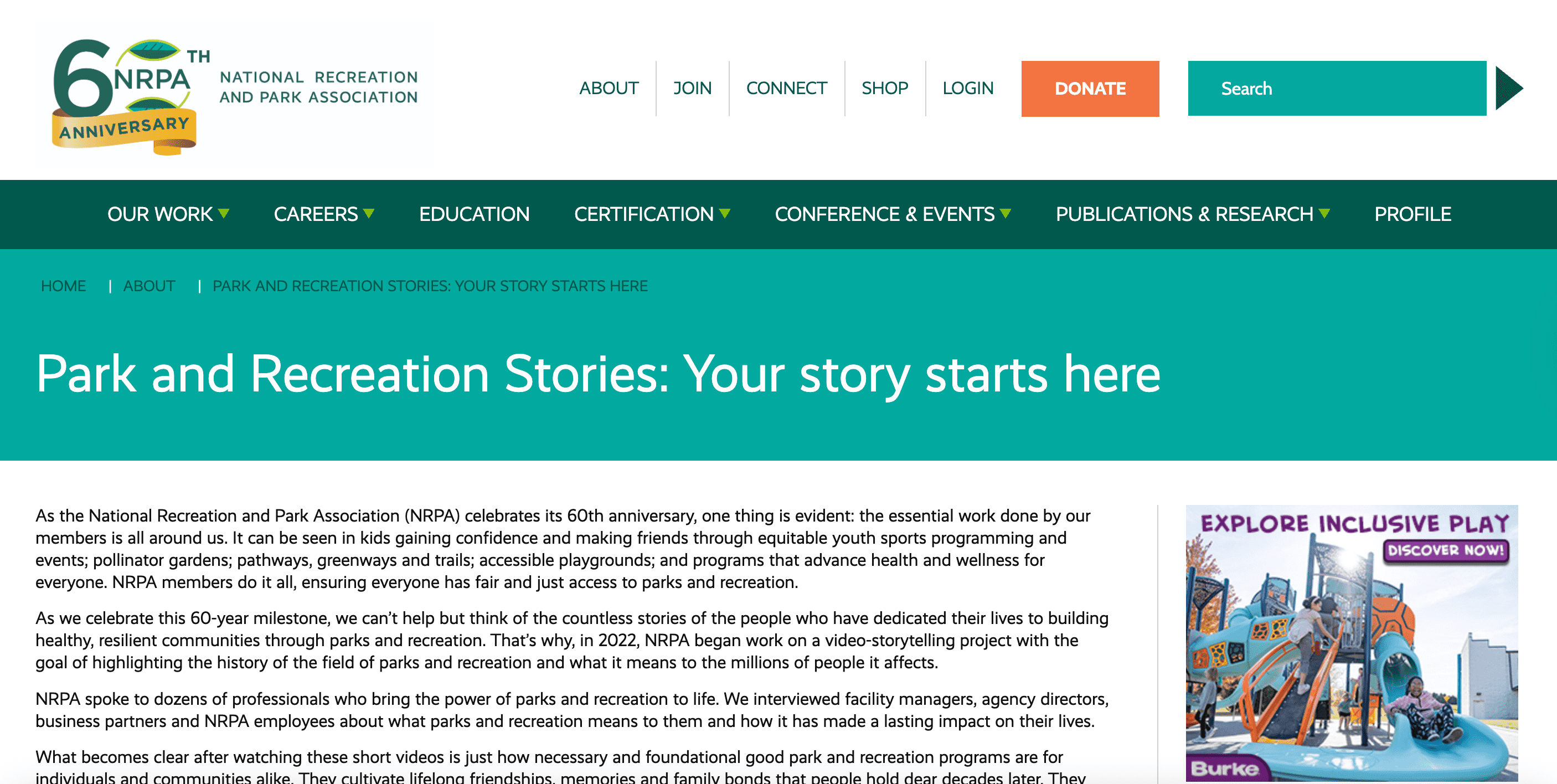Environmental Racism
In theory, environmental risks like air pollution and global warming don’t discriminate across geographic or political boundaries. In reality, however, the burden of climate change has been placed squarely on the shoulders of low-income and minority groups across the globe. Communities of color regularly experience environmental racism–the systematic policies and practices that deny people of color the right to clean air and water, green space, and healthy food.
Hurricane Katrina illustrated that economic and infrastructure recovery from natural disasters often neglects communities of color, concentrating resources in higher-income and white neighborhoods. Natural disasters aside, people of color are more likely to live near toxic waste sites and landfills, drink unhealthy water, and have elevated blood levels of lead. These inequities can be traced back to federal housing agencies, bankers, and insurers who redlined Black neighborhoods, forcing Black residents into crowded cities while subsidizing white residents’ move to the suburbs. Without the resources and political power to influence urban planning, these communities were chosen as sites for oil refineries, gas compressor stations, factories, and waste sites.
A more subtle form of environmental racism, barriers like gear, transportation, and historic discrimination have led outdoor recreation to be a privilege, rather than a right. The legacy of exclusion of BIPOC in nature began with displacement of tribes from their ancestral homelands and subsequent destruction of vital resources by settler-colonialists. It then morphed into the white supremacist conservationist movement and segregation of the National Parks System. Today, the stories of Christian Cooper, who was threatened with violence while bird-watching in Central Park, and Ahmaud Arbery, who was murdered while jogging down a street in Georgia, are a reminder that Black, brown and Indigenous peoples are often threatened or made to feel unsafe in the outdoors.
While COVID-19 has demanded most of the country’s attention and resources, economic recovery from the pandemic and the use of future funding must integrate smart growth and environmental justice to create sustainable, resilient communities. Strategic investment can turn contaminated properties, abandoned buildings, and poorly designed streets into rain gardens, energy-efficient public housing, and protected bike lanes.
Even more broadly, the Environmental Justice Act of 2021 that was introduced by U.S. Senator Cory Booker would require federal agencies to mitigate environmental injustices through agencies while strengthening the legal protections for vulnerable communities. From policy changes to local initiatives, environmental justice will right historical wrongs that disproportionately harm communities of color, low-income and Indigenous communities.
Featured Resources
Resources & Tools
In Solidarity with Maui: Taking Action for Wildfire Response, Recovery, and Prevention
Story
-
 Original
Original
Brought to you by Community Commons
Published on 08/24/2023
2023 Farm Bill: Advancing Public Health at the Intersection of Food, Environment, and Economic Policy
Story
-
 Original
Original
Brought to you by Community Commons
Confronting Environmental Racism: Justice at the Intersections of Environment and Race
Story
-
 Original
Original
Brought to you by Community Commons
How Everyday People Started a Movement That's Shaping Climate Action to This Day
Story - Written
Brought to you by NPR
Published on 10/05/2023
EPA Just Detailed All the Ways Climate Change Will Hit U.S. Racial Minorities the Hardest. It’s a Long List.
Story - Written
Brought to you by WaPo
Published on 09/02/2021
European Colonizers Killed So Many Native Americans that It Changed the Global Climate
Story - Written
Brought to you by CNN
What It Looks Like to Reconnect Black Communities Torn Apart by Highways
Story - Written
Brought to you by Bloomberg L.P.
Unequal Impact: The Deep Links Between Racism and Climate Change
Story - Written
Brought to you by Yale University
Published on 06/09/2020
7 Ways Spatial Inequality Compromises Health and Well-Being
Story
-
 Original
Original
Brought to you by Community Commons
The Black History of Public Health: From Legacies of Racism and Resistance to Futures of Equity and Justice
Story
-
 Original
Original
Brought to you by Community Commons
Centering Young Black Leaders in the Face of a Looming Climate Crisis
Story
-
 Original
Original
Brought to you by Community Commons
Published on 02/22/2024
Tribal Health: Reinvesting in the Indian Health Service
Story
-
 Original
Original
Brought to you by Community Commons
Parks for All People: Addressing Legacies of Racism, Displacement, and Exclusion in National Parks
Story
-
 Original
Original
Brought to you by Community Commons
Inclusion in the Outdoors
Resource - Website/webpage
Brought to you by Community Foundation for the Fox Valley Region, Inc.
What is Environmental Racism and How Can We Fight It?
Resource - Blog
Brought to you by World Economic Forum
Understanding Racial Disparities in Exposure to Traffic-Related Air Pollution: Considering the Spatiotemporal Dynamics of Population Distribution
Resource - Journal Article
Brought to you by MDPI
The Environmental Justice Movement
Resource - Blog
Brought to you by Natural Resources Defense Council
In Common Newsletter: New Racial Justice Journey Library
Resource
Brought to you by Community Commons
Moving the Field Forward: A Decade of Progress Implementing Health in All Policies in the United States
Resource
Brought to you by NACCHO
Unleashing the Power of the People: Lessons on Public Engagement for Environmental and Climate Justice
Resource - Report
Brought to you by NAACP
What Is Climate Colonialism? What to Know About Why Climate Change and Colonialism Are Linked.
Resource
Brought to you by Global Poverty Project
The Climate Gap and the Color Line — Racial Health Inequities and Climate Change
Resource - Journal Article
Brought to you by MMS
Impact of Chicago’s Environmental Justice Executive Order
Resource - Blog
Brought to you by Natural Resources Defense Council
Racial Disparities in Climate Change‑Related Health Effects in the United States
Resource - Journal Article
Brought to you by Springer
How Transportation Planners Can Advance Racial Equity and Environmental Justice
Resource - Blog
Brought to you by Urban Institute
Voices from the Valley: Inclusion in the Outdoors
Resource - Podcast
Brought to you by Community Foundation for the Fox Valley Region, Inc.
Related Topics


















.png)














































